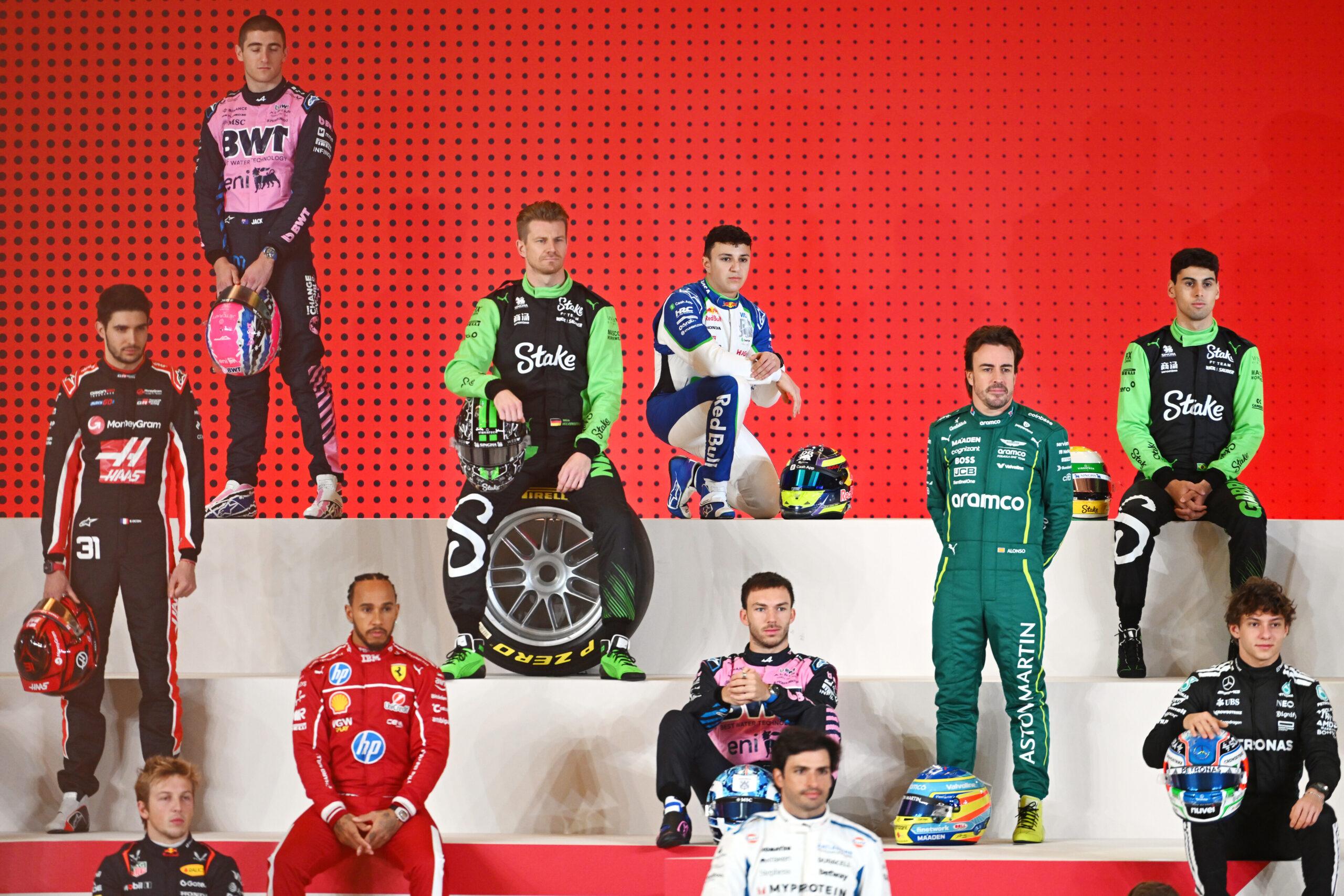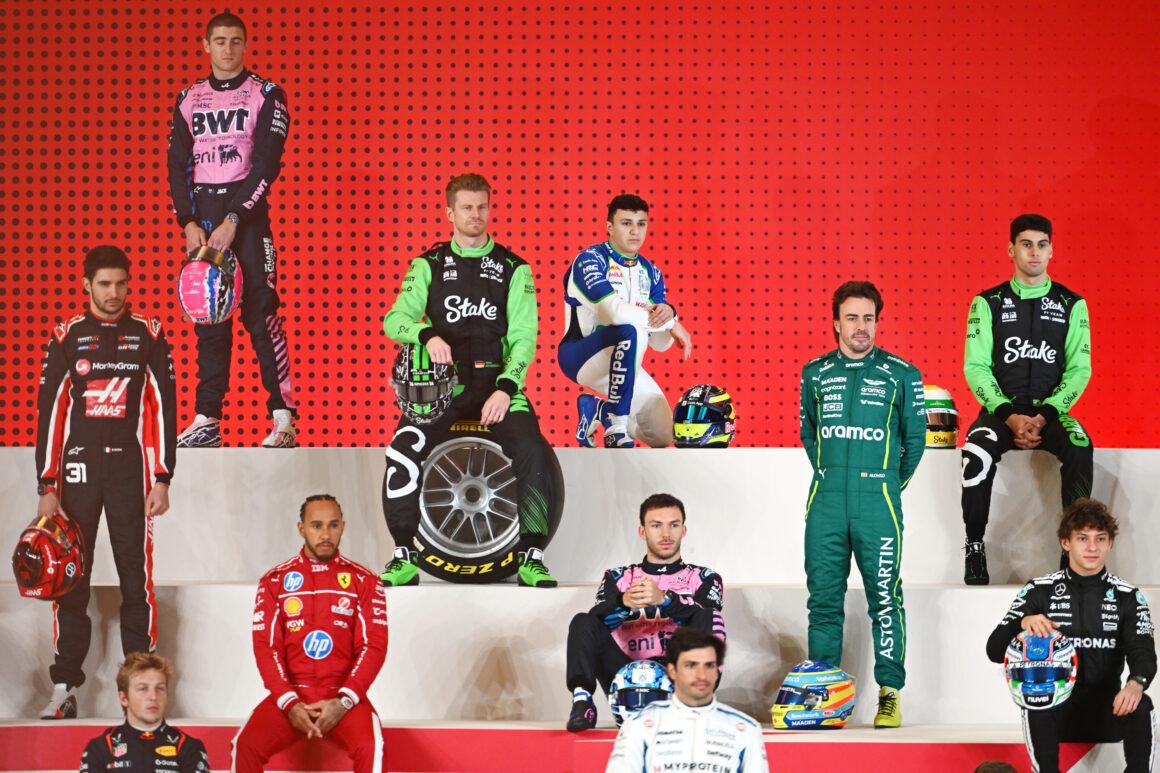Formula 1 sells speed and flirts with chaos. At 200mph, one mistake turns carbon fiber into confetti. And yet, the sport’s safety revolution means today’s monsters are often survivable. That’s the tightrope. The drama stays, the funerals mostly don’t. Progress with bite.
Let’s cut through the nostalgia and the scare-mongering. The past decade delivered some truly seismic shunts, and a few older tragedies still cast long shadows. From Grosjean’s fireball to Zhou’s barrel roll, these are the crashes that changed races, shaped policies, and reminded everyone why the HALO isn’t optional. Buckle up.
Modern Mayhem: The Defining Crashes of the Last Decade
The last ten years gave F1 a highlight reel that safety engineers probably watch in slow-motion every Monday. Brutal impacts. Miraculous escapes. Tech versus physics. And for once, tech wins. Mostly.
These aren’t gentle taps. These are “rebuild the car from the VIN plate” specials. The common theme? Survival thanks to HALO, better barrier tech, and cockpits built like vaults. Lights out and away we… oh wait, the wall arrived first.
Romain Grosjean, Bahrain 2020: The Fireball That Changed Everything
Grosjean’s Haas split in two and detonated like a movie stunt gone wrong. Armco pierced, cockpit impaled, a wall of fire. And then the impossible: he climbed out. Walking proof that modern F1 is tougher than your nightmares. The HALO and survival cell earned sainthood that day.
This wasn’t just a crash. It was a stress test for every safety system we brag about. Rescue crews nailed it. Medical car on scene instantly. File this under: Yikes, but also: Thank you, engineering.
Zhou Guanyu, Silverstone 2022: Upside Down, Into the Fencing
Start-line chaos flipped Zhou’s Alfa Romeo onto its lid. He slid hundreds of feet, sparked like a welding torch, hit the gravel, launched the wrong side of the tire barrier, and lodged between fence and wall. How did he walk away? HALO, again. Undisputed MVP.
The crash was a horror show with a happy ending. The sort that turns critics into converts. The car was scrap. The driver wasn’t. The competition? Reduced to expensive spectators.
Fernando Alonso, Australia 2016: The McLaren That Became Origami
Alonso tangled with Gutiérrez and turned his McLaren into a tumbling sculpture. It looked unfixable. He climbed out like it was Tuesday. Classic Alonso “still here” energy, minus the points. The survival cell did the heavy lifting, and the cameras did the storytelling.
Sainz’s spin was so spectacular, somewhere Grosjean is taking notes. Except this time, luck and engineering shook hands.
Max Verstappen vs Hamilton, Silverstone 2021: Title Fight Meets Barrier
Copse. Sixth gear courage. Hamilton nudged Verstappen’s rear wheel, and Max went full lawn dart into the wall. Massive Gs, massive fallout. He walked away, fuming. The season? Supercharged. Somewhere, a PR manager just had a minor stroke.
That impact wasn’t famous just for politics. It was a clinic in energy dissipation. Barriers, car structure, systems—everything did its job. The plot thickens like Red Bull’s excuse list.
Lando Norris, Spa 2021: Eau Rouge Doesn’t Do Second Chances
In the wet, Spa turns into a bouncer. Norris lost it through Eau Rouge/Raidillon and hit big. Everyone remembered Hubert. Everyone held their breath. Lando got out fine. The weather showed up like that friend who always causes drama at parties.
You respect Spa, or Spa educates you. Norris got a masterclass and a sore neck. Lesson received.
Mick Schumacher, Jeddah 2022: The Wall That Doesn’t Blink
Jeddah rewards precision and punishes ego. Mick ran slightly wide, kissed a kerb, and the car ricocheted into a concrete wall like a pinball. Car destroyed. Driver okay. Budget cap accountants? Not okay.
Another masterclass in how NOT to clip a street circuit exit. The barrier won. It usually does.
Lance Stroll, Singapore 2023: Qualifying Goes Sideways
Final corner, last gasp, too greedy by a whisker. One wheel off, one massive oversteer snap, one very broken Aston. Stroll walked away. The data analysts walked into a long weekend.
Street circuits punish millimeters. Stroll found the exact wrong one. File under: Big hit, bigger repair bill.
High-Speed Horror at Spa and Monza: When the Classics Bite
Old circuits don’t care about your reputation. At Spa and Monza, the speed is biblical and the consequences are very real. When things go wrong there, they go wrong loudly. The history books are already full. The last decade added fresh ink.
Wind, rain, bad angles—factor them in or the wall will do it for you. The wind played favorites today; apparently it’s a Spa fan.
Alonso over Leclerc, Belgium 2018: HALO’s Big Moment
La Source. Turn 1 crunch. Alonso launched over Leclerc’s Ferrari like a drone with anger issues. The cockpit protector did its job. FIA analysis confirmed the HALO saved Leclerc from a very bad day—or worse.
Critics of the HALO went quiet. Suddenly, it wasn’t ugly. It was essential.
Kevin Magnussen, Belgium 2016: Raidillon Doesn’t Forgive
Magnussen lost it exiting Raidillon and paid full price into the barriers. High-speed, no ambiguity. He walked away sore and lucky. Spa keeps receipts.
You don’t “almost” beat that corner. You survive it. Or you don’t. Today, he did.
Max Verstappen, Monaco 2015: Rookie Lesson at Sainte Devote
Verstappen tagged Grosjean and launched into the tire wall. Nose-first. The math was ugly, the outcome wasn’t. He was shaken, not broken. Rookie year, Monaco tax paid in full.
Classic Monaco ruthlessness. No runoff, no forgiveness. Always on brand.
Marcus Ericsson, Monza 2018: DRS Says No
High-speed braking, DRS failed, car went sideways into the barriers and rolled multiple times. It looked catastrophic. He got out like he tripped over a curb. That’s modern F1 safety flexing.
Monza’s straight is a lie. It’s an exam. Ericsson passed the survival test, not the calm one.
Older Tragedies, Newer Armor: Why Safety Won’t Sit Still
F1 used to bury drivers. Often. In the 50s, 60s, 70s? Routine funerals. Brutal to say, but true. Then came a chain of reckonings: Senna in 1994. Bianchi in 2014, passing in 2015. Each loss forged new rules, new tech, new resolve. The sport didn’t move on—it leveled up.
Today’s near-misses ride on yesterday’s heartbreak. HALO sits atop that list. Cockpit safety, helmet tech, circuit design, medical protocols—relentless upgrades. The result? Fatalities pushed to the brink of zero. That’s not luck. That’s obsession.
From Senna to Bianchi: The Line in the Sand
Senna’s death tore the sport open. It forced F1 to prioritize safety like religion. Bianchi’s crash at Suzuka did it again. Crane on track, wet conditions, aquaplaning—awful cocktail. He didn’t survive. The HALO’s path was paved by that pain.
The improvements since aren’t PR gloss. They’re the difference between headlines and memorials. That’s the only scoreboard that matters.
The Role of Weather, Circuits, and Risk: Why the Edge Still Bites
Rain turns geniuses into passengers. Street circuits squeeze margins to nothing. High-speed classics test physics. That balance is why we watch. And why drivers earn their danger money. The heat? The track temperature hit levels that would make Hell consider air conditioning.
Drivers accept the risk because the car doesn’t care about fear. Only inputs. Get them wrong, and you’re part of the highlight reel. Or the hospital queue. Grab your popcorn, fate is always on the entry list.
Signature Moves, Signature Consequences
Verstappen’s divebomb? Devastating—until it isn’t. Hamilton’s hammer time? Terrifying for the field—unless the wall interrupts. Alonso’s late-braking special? A work of art—on a clean day. On a dirty one, it’s a yard sale.
F1 rewards boldness and punishes hubris. The line’s razor thin. That’s the show. That’s the addiction.
Fast Facts: The Heavy Hitters
Want the big ones at a glance? Here’s the cheat sheet. It’s not exhaustive, but it’s the spine of the modern safety story. Each one a bullet dodged, a lesson learned, a regulation tightened.
- Grosjean, Bahrain 2020: Car split, fireball, miraculous escape. HALO and survival cell heroes.
- Zhou, Silverstone 2022: Upside down slide, over barriers, unhurt. HALO validated again.
- Alonso, Australia 2016: High-speed flip, walked away. Cockpit strength praised.
- Verstappen vs Hamilton, Silverstone 2021: Massive G impact, title drama lit the fuse.
- Norris, Spa 2021: Wet crash at Eau Rouge, fears high, driver okay.
- Schumacher, Jeddah 2022: Concrete hit, car destroyed, driver fine.
- Stroll, Singapore 2023: Qualifying shunt, huge impact, uninjured.
- Alonso/Leclerc, Spa 2018: Airborne over Leclerc, HALO saves the day.
- Magnussen, Spa 2016: Raidillon bite, heavy hit, walked away.
- Ericsson, Monza 2018: DRS failure, barrel rolls, unhurt.
- Verstappen, Monaco 2015: Rookie wall test, no injury, lesson learned.
- Sainz, Russia 2015: High-speed barrier slam, stretchered but okay.
So, What Did We Learn? Pain Built the Playbook
Modern F1 crashes look apocalyptic. Drivers step out anyway. That’s not bravery alone—it’s engineering, rules, and track design doing the dirty work. The HALO silenced the doubters. Medical response is ruthless and fast. Barriers absorb what they used to reflect.
Will F1 ever be “safe”? Not while speed exists. But measured risk beats reckless tradition. Today’s monsters are wake-up calls, not obituaries. Drivers didn’t just survive—they sent everyone else back to karting school on safety.

